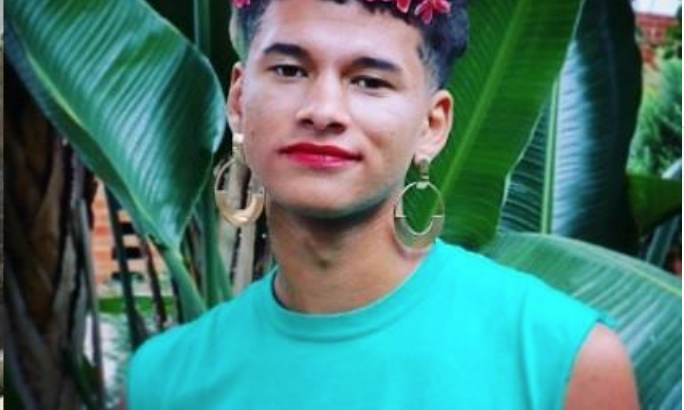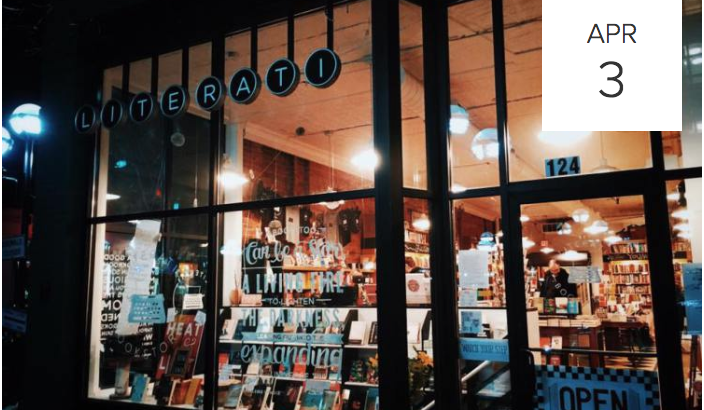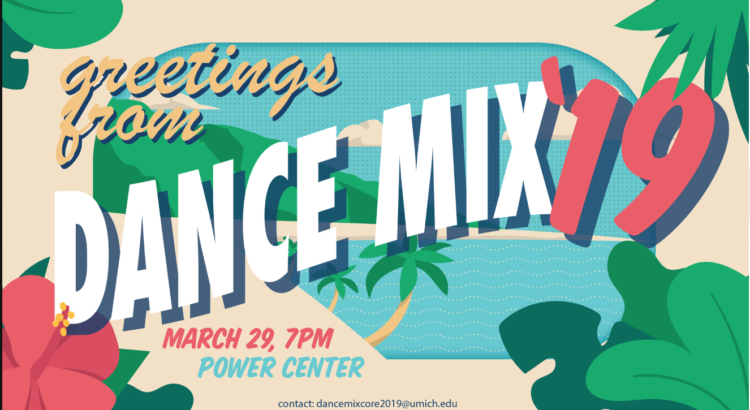Award-winning playwright, Jose Casas, wrote FLINT in order to raise awareness about issues residents of Flint, MI still face today. Other plays and movies have been produced about the water crisis, but the timeline of this play extends to present day and the personal stories within it are unique.
One element of FLINT I admire is that the transcript was written from real-life interviews of Flint residents. The narrative included communities within Flint who have been marginalized and rendered invisible; such as undocumented immigrants and people in the deaf/Deaf community. Undocumented immigrants feared/fear going to relief events to obtain donations like bottled water, because the Immigration and Customs Enforcement (ICE) would target and deport them (even though ICE claims not to target individuals during humanitarian relief events). On the other hand, people in the deaf/Deaf community were not notified about the water crisis until 2016, two years after the fact.
Numerous stories and perspectives were featured within the play: the Mother, Father, Fighter, Pediatrician, Sociologist, Gardener, Professor, Demolitionist, etc. The play began with the Father’s story and ended with the Mother’s. The intentionally-elliptical narrative conveyed that there are no clear solutions to the water crisis—within the play itself and in real life.
The Flint water crisis started in 2014 when the city’s drinking water source was changed from Lake Huron and the Detroit River to the Flint River. Residents knew for decades that the Flint River is toxic due to pollution from General Motors. They knew not to swim in it, let alone drink it. But the switch for their source of drinking water still went through in order to lower costs for the city. After the switch, lead from the pipes leached into the water, which exposed thousands of people to high lead levels. In some places, the water that came out of the faucet was brown and undrinkable. Paradoxically, people still had/have to pay their water bills for water they can not drink.
Frustratingly, America has known the detrimental effects of lead for decades now. Lead is an insidious neurological toxin that can cause cognitive damage. The World Health Organization (WHO) states that lead is stored in the teeth and bones. During pregnancy, lead in the bone is released into the blood and can harm the fetus. Over time, lead can decrease a person’s IQ. No amount of lead exposure is considered safe. That is why the U.S. Environmental Protection Agency (EPA) has spent thousands—and even millions—of dollars in the past few decades to renovate houses with lead paint for families with low incomes.
Ironically, while houses are renovated for lead content, millions of people in the U.S. still drink water with lead in it. A shocking fact I learned from the play is that there are two-thousand cities in America with more lead in their water than Flint. I am dumbfounded by this fact. This is a nation-wide issue.
But the problem isn’t just with the water. One must think about how things got this bad in Flint even before the water source was switched and lead leached into the drinking water: Why was the Flint River polluted to begin with? Why was it not filtered properly before redirected to people’s faucets? Why was the water source switched to the Flint river when people knew it was polluted? Why is the Flint economy so poor?
The water crisis is not an isolated problem. A culmination of factors led to this. Minorities and people who are in poverty traditionally suffer the most from systematic injustice. Our government has failed communities it has pledged to serve and protect. People have fought for their rights for generations, and they are tired.
But despite all the tragedies that Flint has experienced, the play reminds us that Flint is more than the challenges it has overcome and the ones it still faces today. Happy memories are made there. People live there. Some grew up there. The community hosts film festivals and concerts, visual arts events and cultural shows. And there are other wonderful stories about its residents still waiting to be shared.



















